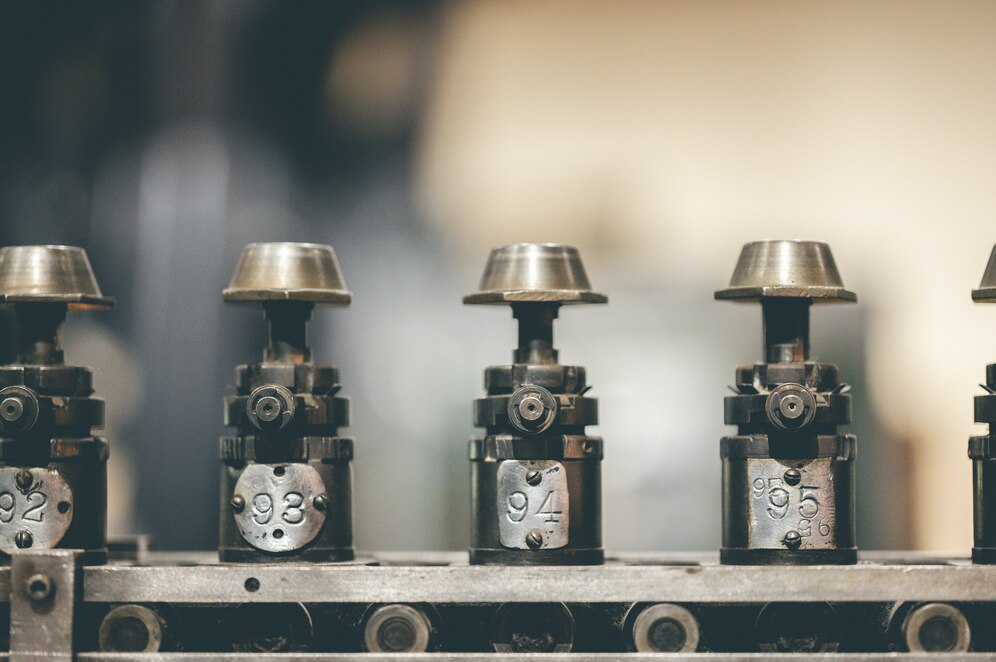
The manufacturing sector has undergone tremendous changes over the years, with contemporary Forging Parts Manufacturer firms embracing new methods to improve product quality, strength, and efficiency. Conventional forging techniques have been replaced by new-age processes that guarantee accuracy, minimize waste, and maximize production. In this blog, we will discuss some of the new technologies employed by a Forging Parts Manufacturer and how they help in superior component production.
1. CNC Precision Forging
One of the biggest innovations in the business is CNC (Computer Numerical Control) precision forging. This technology allows a Forging Parts Manufacturer to create highly precise parts with negligible error margins. CNC-controlled forging provides consistency, decreases the need for manual labor, and enhances overall production rates. It also facilitates customized designs, enabling easier provision of specific client demands.
2. Automated Die Forging
Automation has transformed the forging business, and automated die forging is a prime example of this revolution. A Forging Parts Maker that employs automated die forging can drive more precision, consistency, and efficiency in manufacturing. This process employs robotic arms and automated presses to forge metal with utmost precision, minimizing defects and enhancing overall material strength.
3. Induction Heating for Energy Efficiency
Energy usage is a significant issue for any Forging Parts Producer, and induction heating is an increasingly popular choice. Induction heating, as opposed to conventional furnace heating, employs electromagnetic fields to rapidly and uniformly heat metals. Not only does this save energy, but it also provides more control over temperature, which results in enhanced metal properties and less material waste.
4. Isothermal Forging for Improved Strength
For applications where highly resistant parts are needed, isothermal forging is revolutionary. A contemporary Forging Parts Manufacturer uses this method to ensure that temperatures remain constant during the forging process. By maintaining the die and workpiece at a constant temperature, this process minimizes stress on the material, leading to components with better mechanical properties.
5. 3D Modeling and Simulation
Prior to production, a trusted Forging Parts Manufacturer uses 3D modeling and simulation software to examine possible design and manufacturing defects. The method enables manufacturers to detect vulnerable areas in a part, correct them, and minimize trial-and-error expenses. Simulation technology has greatly improved product development in contemporary forging.
6. Closed-Die Forging for Complex Shapes
Closed-die forging is a popular process among top Forging Parts Manufacturer firms. This process consists of forming metal within a pair of dies that completely encloses the material. This produces very precise, detailed components with better mechanical properties. Closed-die forging reduces material wastage and increases the uniformity of each batch made.
7. Advanced Quality Control Techniques
A contemporary Forging Parts Producer depends on sophisticated quality control techniques like ultrasonic testing, magnetic particle examination, and X-ray examination. These methods assist in identifying internal and surface flaws in forged components, enabling only good quality parts to be sold in the market. Incorporation of AI-driven quality control systems has also increased accuracy during inspection and minimized errors made by humans.
8. Environmentally Friendly Forging
Sustainability is increasingly a concern for all Forging Parts Manufacturers. Sophisticated methods like near-net-shape forging and precision material handling minimize scrap and maximize resource efficiency. Moreover, most manufacturers are embracing environmentally friendly lubricants and coatings to reduce environmental footprint without affecting product quality.
G.M. Hi-Tech: A Pioneer in Contemporary Forging Technology
In terms of embracing state-of-the-art technology, G.M. Hi-Tech is a reliable Forging Parts Manufacturer. The firm has incorporated the latest forging technologies like CNC precision forging, die forging, and isothermal forging to provide higher-quality products. G.M. Hi-Tech remains committed to precision, reliability, and sustainability while setting new standards in the industry. With the use of 3D modeling and stringent quality control, the firm guarantees that each forged product is of the highest level of excellence.
Conclusion
The forging business is continuously evolving, with new technologies that improve the process in terms of efficiency, accuracy, and sustainability. An advanced Forging Parts Manufacturer uses CNC precision forging, computerized die forging, induction heating, and high-end quality control techniques to manufacture high-performance components. Industry leaders such as G.M. Hi-Tech are on the verge of these technologies, ensuring clients get the finest quality forged parts for their uses. With the ongoing embrace of new methods, the future of forging is brighter than ever.







